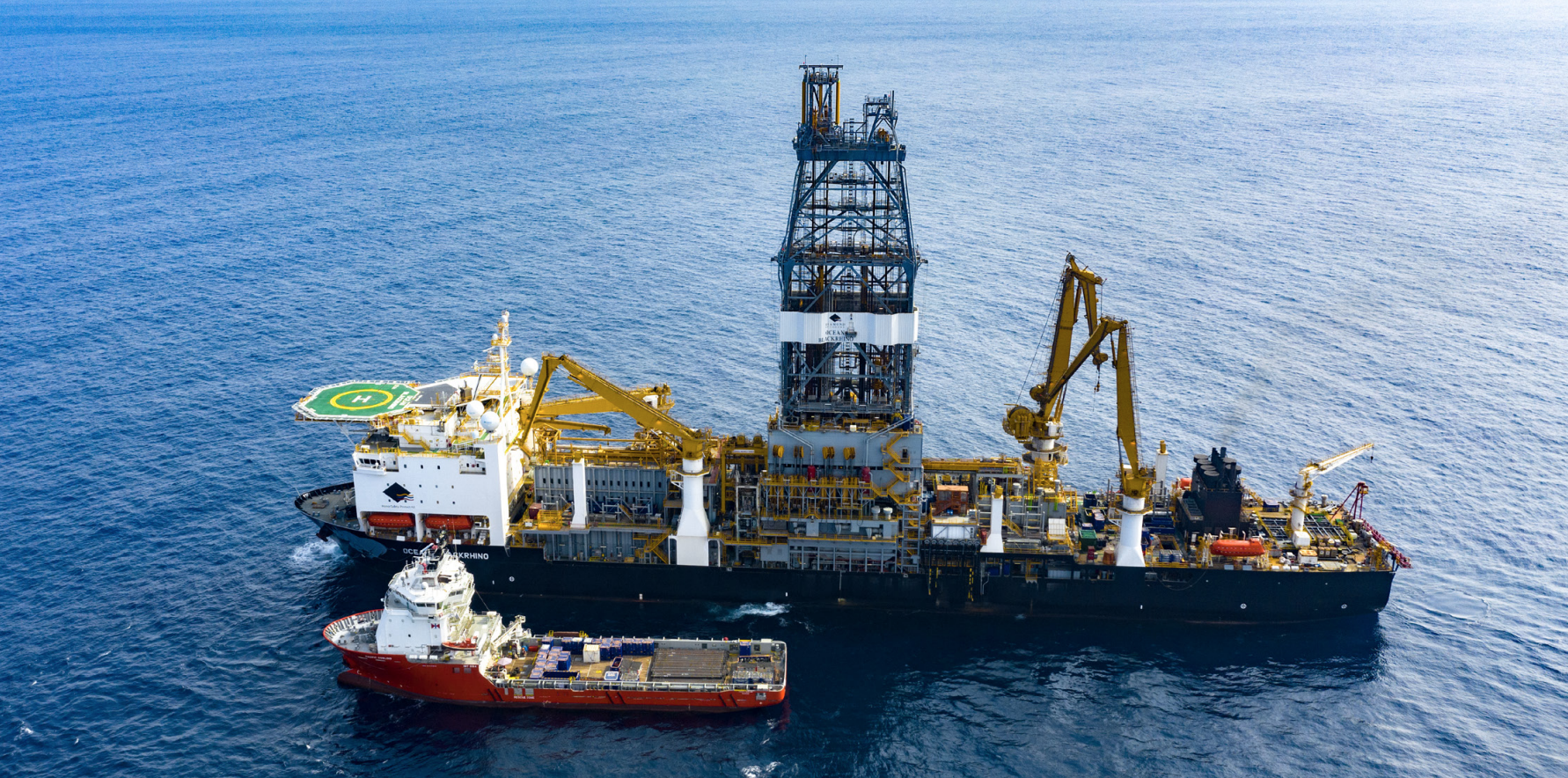Despite a very tight offshore rig supply market, 2023 might set a new 10-year high for Africa’s offshore drilling market as several development, infill, and exploration campaigns get executed this year.
According to the Offshore Rigs Tracker released this week by Hawilti and the Caverton Offshore Support Group (COSG) Plc, over 30 rigs are already confirmed to be active offshore sub-Saharan Africa this year, with more in the pipeline.

Angola will continue to dominate the market like it has for a couple of years. The country has six floaters already contracted until at least 2024. Based on its pipeline of brownfield and greenfield projects, it will continue to drive deep-water drilling activity until at least 2026. All international oil companies (IOCs) have active rigs in the country, especially TotalEnergies (3), Azule Energy (2), Chevron (1), and ExxonMobil (1). They are actively pursuing infill drilling campaigns and subsea tie-back schemes on their producing FPSO units, while targeting infrastructure-led exploration opportunities.
“We continue to witness an upsurge in drilling activity offshore West Africa despite the offshore rigs supply getting tight,” said Capt. Ibrahim Bello, Managing Director of Caverton Helicopters. “More drilling contracts are currently in negotiations across the region for both exploratory and development drilling, which could make 2023 one of the biggest years for offshore drilling activity on the continent since the crisis of 2014.”
Nigeria’s offshore industry is also maintaining the momentum of drilling activity it saw in 2022 with at least five offshore rigs scheduled to be active in the country this year. Shell’s subsidiary SNEPCO and TotalEnergies both have floaters mobilized for most of the year on their respective deep-water blocks, OML 118 and OML 130. However, most of Nigeria’s demand is for jack-ups in shallow water, driven by key players such as Chevron, First E&P, General Hydrocarbons, and Damas E&P.
After Angola and Nigeria, the Republic of Congo and Gabon are the next most active offshore drilling destinations in sub-Saharan Africa. Both countries are seeking to mitigate their production decline with additional infill drilling, development drilling, and exploratory drilling. Several campaigns are currently taking place there, including exploratory drilling by Eni in Congo and CNOOC in Gabon.
Across the rest of the continent, significant development and exploratory drilling campaigns are also on the table this year, including in Senegal and Namibia. While the former is drilling to start producing oil and export LNG, the latter has all the industry’s attention as both Shell and TotalEnergies seek to confirm significant oil and gas discoveries made in the Orange Basin.
The Offshore Rigs Tracker Q1 2023 can be downloaded for free here.

